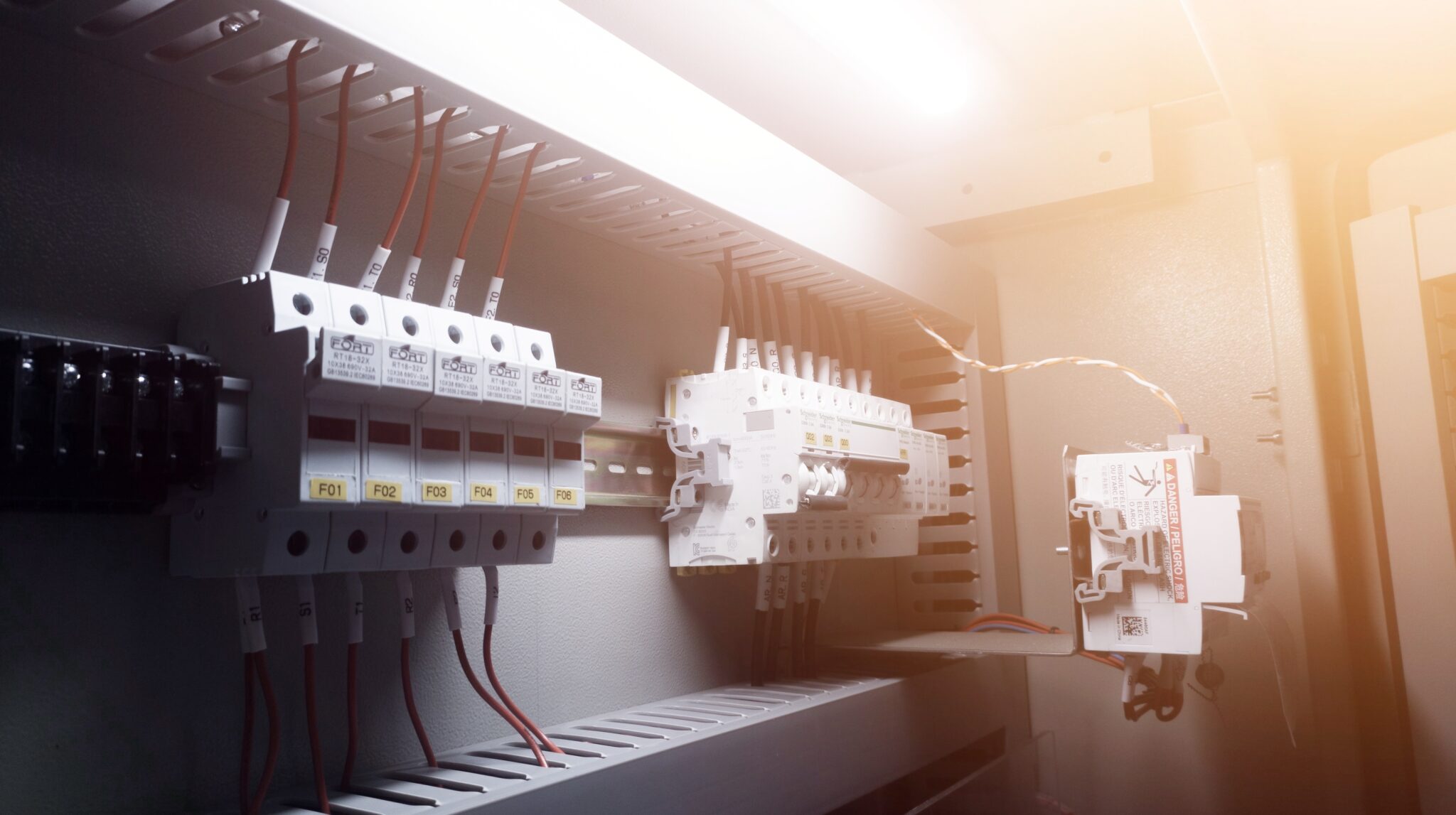

Rectifiers are essential electrical components that convert alternating current (AC) into direct current (DC). Although this may seem trivial, we rely on rectifiers daily to power household electronic devices such as smartphones, televisions, and kitchen appliances. Rectifiers also have industrial applications to maintain power supplies and control motor speed. We will delve deeper into what rectifiers are and their applications in various industrial sectors.
A rectifier is an electrical device that converts alternating current, which periodically reverses direction, into direct current, which flows in only one direction. This conversion is necessary because many electronic devices and circuits require a consistent DC supply to function effectively. Typically, rectifiers contain semiconductor diodes, which allow an electric current to pass through them in one direction while blocking it in the opposite direction.
Rectifiers differ from frequency converters, devices that can alter the frequency of AC power, which have broader applications with higher power applications. Nonetheless, rectifiers are integral in power supplies for electronic appliances, motor drives, and various industrial electronic processes.
Rectifiers come in several varieties, tailored to different needs and requirements. Understanding their types is the first step to knowing which is most suitable for specific applications.
Half-wave rectifiers allow current to flow during only one-half of the AC cycle. They use a single diode to block the negative half of the cycle, resulting in a simple and cost-effective design. However, they produce a pulsating DC output, which may not be suitable for applications needing a steady and smooth current.
Full-wave rectifiers produce a smoother and more consistent DC output than half-wave rectifiers. They use both halves of the AC cycle through the use of multiple diodes and a transformer. Full-wave rectifiers are ideal for applications where higher efficiency and reduced ripple effects are crucial, such as in power supplies for electronic devices.
Bridge rectifiers employ four diodes arranged in a bridge configuration. This setup allows them to convert the entire AC cycle into a usable DC output without needing a center-tapped transformer. Bridge rectifiers are common in industrial equipment, motor drives, and large-scale electrical systems.
Rectifiers have diverse applications across industries. Industrial rectifiers play a significant role in electroplating, electrolysis, and battery charging, simplifying complex processes with their reliable DC output. In manufacturing, they are in motor drives and welding equipment, where a stable DC supply ensures precision and efficiency. Additionally, transformers and rectifiers work hand in hand to manage and convert electrical power by stepping voltages up or down to the required range.
Rectifiers are integral components in electrical systems, making them essential for smooth and efficient operation in industrial settings. From small-scale circuits to large power supplies, understanding the different types of rectifiers and their applications can help engineers choose the most suitable one for a specific need.
Optimize your food processing facility by better understanding the critical ways gases can impact electrical…
Discover the best safety practices for restaurants, ranging from fire prevention to hygiene standards. Take…
Radon levels rise at higher elevations due to low air pressure and sealed homes. Learn…
There’s nothing worse than lighting a new candle and watching it sputter out, tunnel, or…
Discover how woven metal fabric transforms restaurant design with its versatility, from feature walls to…
Upgrading your workspace? Get inspired by design ideas for materials, lighting, and amenities, and tips…